1. Sung H, Ferlay J, Siegel RL, Laversanne M, Soerjomataram I, Jemal A, et al. Global cancer statistics 2020: GLOBOCAN estimates of incidence and mortality worldwide for 36 cancers in 185 countries. CA Cancer J Clin. 2021; 71(3):209–249. PMID:
33538338.
4. Maringe C, Walters S, Rachet B, Butler J, Fields T, Finan P, et al. Stage at diagnosis and colorectal cancer survival in six high-income countries: a population-based study of patients diagnosed during 2000-2007. Acta Oncol. 2013; 52(5):919–932. PMID:
23581611.
5. Kubisch CH, Crispin A, Mansmann U, Göke B, Kolligs FT. Screening for colorectal cancer is associated with lower disease stage: a population-based study. Clin Gastroenterol Hepatol. 2016; 14(11):1612–1618.e3. PMID:
27085763.
6. Hewitson P, Glasziou P, Watson E, Towler B, Irwig L. Cochrane systematic review of colorectal cancer screening using the fecal occult blood test (hemoccult): an update. Am J Gastroenterol. 2008; 103(6):1541–1549. PMID:
18479499.
7. Stewart BW, Wild CP. World Cancer Report 2014. Lyon, France: International Agency for Research on Cancer;2014.
8. Yoo KY. Cancer control activities in the Republic of Korea. Jpn J Clin Oncol. 2008; 38(5):327–333. PMID:
18407932.
9. Suh M, Song S, Cho HN, Park B, Jun JK, Choi E, et al. Trends in participation rates for the National Cancer Screening Program in Korea, 2002-2012. Cancer Res Treat. 2017; 49(3):798–806. PMID:
27857022.
11. Vernon SW. Participation in colorectal cancer screening: a review. J Natl Cancer Inst. 1997; 89(19):1406–1422. PMID:
9326910.
12. Suh M, Choi KS, Lee HY, Hahm MI, Lee YY, Jun JK, et al. Socioeconomic disparities in colorectal cancer screening in Korea: a nationwide cross-sectional study. Medicine (Baltimore). 2015; 94(39):e1368. PMID:
26426605.
13. Mai TT, Lee YY, Suh M, Choi E, Lee EY, Ki M, et al. Socioeconomic inequalities in colorectal cancer screening in Korea, 2005-2015: after the introduction of the National Cancer Screening Program. Yonsei Med J. 2018; 59(9):1034–1040. PMID:
30328317.
14. Kim S, Kwon S, Subramanian SV. Has the National Cancer Screening Program reduced income inequalities in screening attendance in South Korea? Cancer Causes Control. 2015; 26(11):1617–1625. PMID:
26335263.
15. Rajaguru V, Kim TH, Shin J, Lee SG. Income disparities in cancer screening: a cross-sectional study of the Korean National Health and Nutrition Examination Survey, 2013-2019. Front Public Health. 2022; 10:820643. PMID:
35372248.
16. Bui NC, Cho HN, Lee YY, Suh M, Park B, Jun JK, et al. Stages of adoption for fecal occult blood test and colonoscopy tests for colorectal cancer screening in Korea. Cancer Res Treat. 2018; 50(2):416–427. PMID:
28494531.
20. Organization for Economic Cooperation and Development. Classifying educational programmes: manual for ISCED-97 implementation in OECD countries. Updated 1999. Accessed January 20, 2023.
https://www.oecd.org/education/1841854.pdf
.
21. Statistics Korea. Korean Standard Classification of Occupations. Updated 2023. Accessed January 20, 2023.
http://kssc.kostat.go.kr
.
22. Kim M, Chung W, Lim S, Yoon S, Lee J, Kim E, et al. Socioeconomic inequity in self-rated health status and contribution of health behavioral factors in Korea. J Prev Med Public Health. 2010; 43(1):50–61. PMID:
20185983.
23. Yoon TH, Moon OR, Lee SY, Jeong BG, Lee SJ, Kim NS, et al. Differences in health behaviors among the social strata in Korea. Korean J Prev Med. 2000; 33(4):469–476.
24. Aranda E, Franck JE, Ringa V, Sassenou J, Coeuret-Pellicer M, Rigal L, et al. Social inequalities in participation in cancer screening: does the mode of data collection matter? The CONSTANCES cohort. Eur J Public Health. 2021; 31(3):602–608. PMID:
34233352.
27. Wurm MJ, Rathouz PJ, Hanlon BM. Regularized ordinal regression and the ordinalNet R Package. J Stat Softw. 2021; 99(6):1–42.
29. Segnan N, Patnick J, Von Karsa L. European Guidelines for Quality Assurance in Colorectal Cancer Screening and Diagnosis. Luxembourg: Publications Office of the European Union;2010.
31. Choi JH, Cha JM, Yoon JY, Kwak MS, Jeon JW, Shin HP. The current capacity and quality of colonoscopy in Korea. Intest Res. 2019; 17(1):119–126. PMID:
30301340.
32. Ahn SH. Assessment of primary care level in Korea and comparison with the developed countries. J Korean Acad Fam Med. 2001; 22(4):483–497.
33. Organization for Economic Cooperation and Development. OECD Health Care Quality Review: Korea. Paris, France: Organization for Economic Cooperation and Development Publishing;2012.
34. Lasser KE, Ayanian JZ, Fletcher RH, Good MJ. Barriers to colorectal cancer screening in community health centers: a qualitative study. BMC Fam Pract. 2008; 9(1):15. PMID:
18304342.
35. Lee YY, Jun JK, Suh M, Park BY, Kim Y, Choi KS. Barriers to cancer screening among medical aid program recipients in the Republic of Korea: a qualitative study. Asian Pac J Cancer Prev. 2014; 15(2):589–594. PMID:
24568462.
36. Cho YH, Kim DH, Cha JM, Jeen YT, Moon JS, Kim JO, et al. Patients’ preferences for primary colorectal cancer screening: a survey of the National Colorectal Cancer Screening Program in Korea. Gut Liver. 2017; 11(6):821–827. PMID:
28750489.
37. Asgary R, Garland V, Jakubowski A, Sckell B. Colorectal cancer screening among the homeless population of New York City shelter-based clinics. Am J Public Health. 2014; 104(7):1307–1313. PMID:
24832144.
38. Jones RM, Devers KJ, Kuzel AJ, Woolf SH. Patient-reported barriers to colorectal cancer screening: a mixed-methods analysis. Am J Prev Med. 2010; 38(5):508–516. PMID:
20409499.
39. Staton CA, Chetwood AS, Cameron IC, Cross SS, Brown NJ, Reed MW. The angiogenic switch occurs at the adenoma stage of the adenoma carcinoma sequence in colorectal cancer. Gut. 2007; 56(10):1426–1432. PMID:
17566019.
40. Oh JK, Park E, Kim B, Choi YJ, Yun EH, Lim MK, et al. Awareness of and practice toward cancer prevention recommendations: results of the Korean National Cancer Prevention Awareness and Practice Survey in 2021. Epidemiol Health. 2022; 44:e2022068. PMID:
36049500.
41. Spiceland CM, Lodhia N. Endoscopy in inflammatory bowel disease: role in diagnosis, management, and treatment. World J Gastroenterol. 2018; 24(35):4014–4020. PMID:
30254405.
42. Jung SA. Differential diagnosis of inflammatory bowel disease: what is the role of colonoscopy? Clin Endosc. 2012; 45(3):254–262. PMID:
22977813.
43. Kim KO, Chiorean MV. Advanced neoplasia detection using chromoendoscopy and white light colonoscopy for surveillance in patients with inflammatory bowel disease. Intest Res. 2020; 18(4):438–446. PMID:
33131232.
44. Murthy SK, Feuerstein JD, Nguyen GC, Velayos FS. AGA clinical practice update on endoscopic surveillance and management of colorectal dysplasia in inflammatory bowel diseases: expert review. Gastroenterology. 2021; 161(3):1043–1051.e4. PMID:
34416977.
45. Dekker E, Nass KJ, Iacucci M, Murino A, Sabino J, Bugajski M, et al. Performance measures for colonoscopy in inflammatory bowel disease patients: European Society of Gastrointestinal Endoscopy (ESGE) Quality Improvement Initiative. Endoscopy. 2022; 54(9):904–915. PMID:
35913069.
46. Triantafyllou K, Gkolfakis P, Gralnek IM, Oakland K, Manes G, Radaelli F, et al. Diagnosis and management of acute lower gastrointestinal bleeding: European Society of Gastrointestinal Endoscopy (ESGE) Guideline. Endoscopy. 2021; 53(8):850–868. PMID:
34062566.
47. Herrod P, Boyd-Carson H, Doleman B, Blackwell J, Hardy E, Harper F, et al. Safe investigation of isolated change in bowel habit with a flexible sigmoidoscopy? A systematic review and meta-analysis. Ann R Coll Surg Engl. 2019; 101(6):379–386. PMID:
30855983.
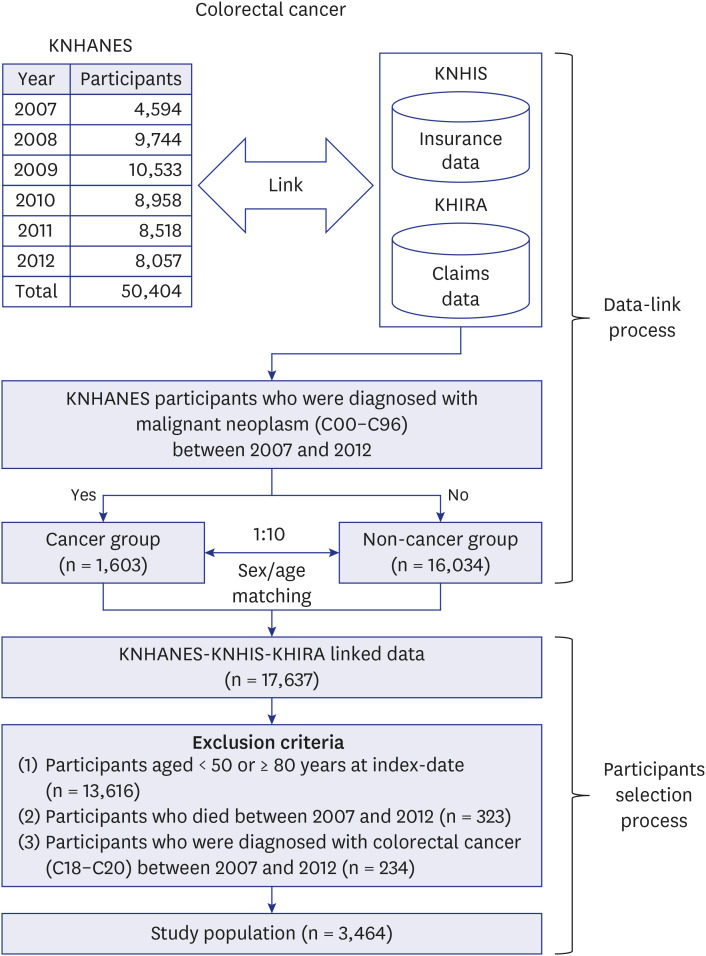
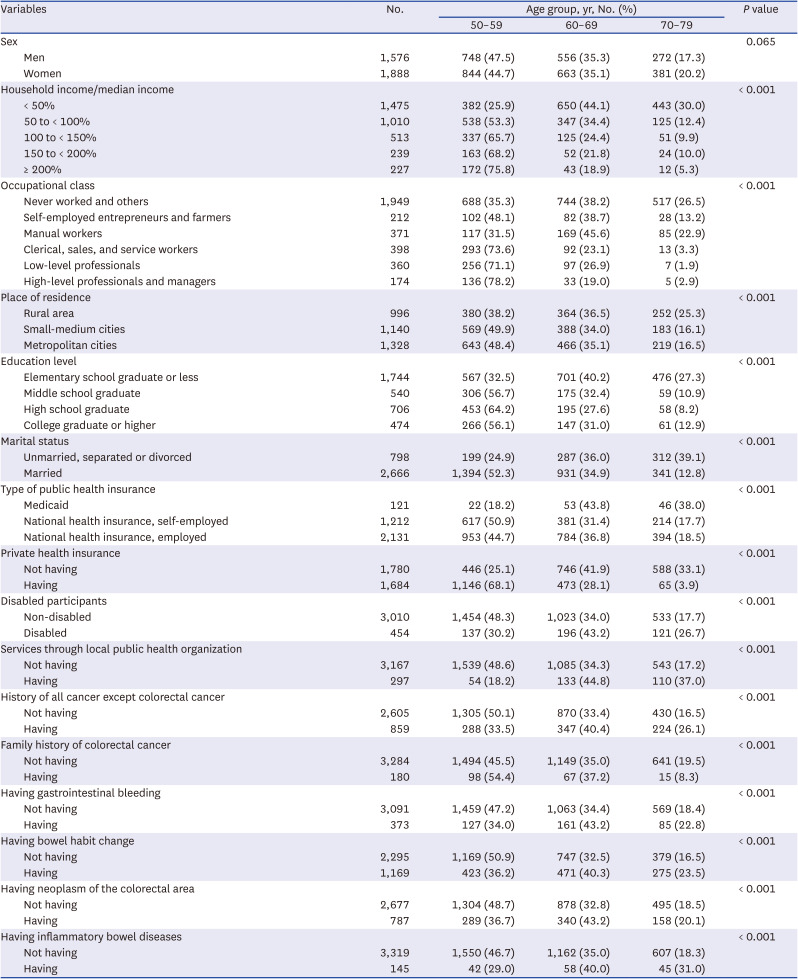
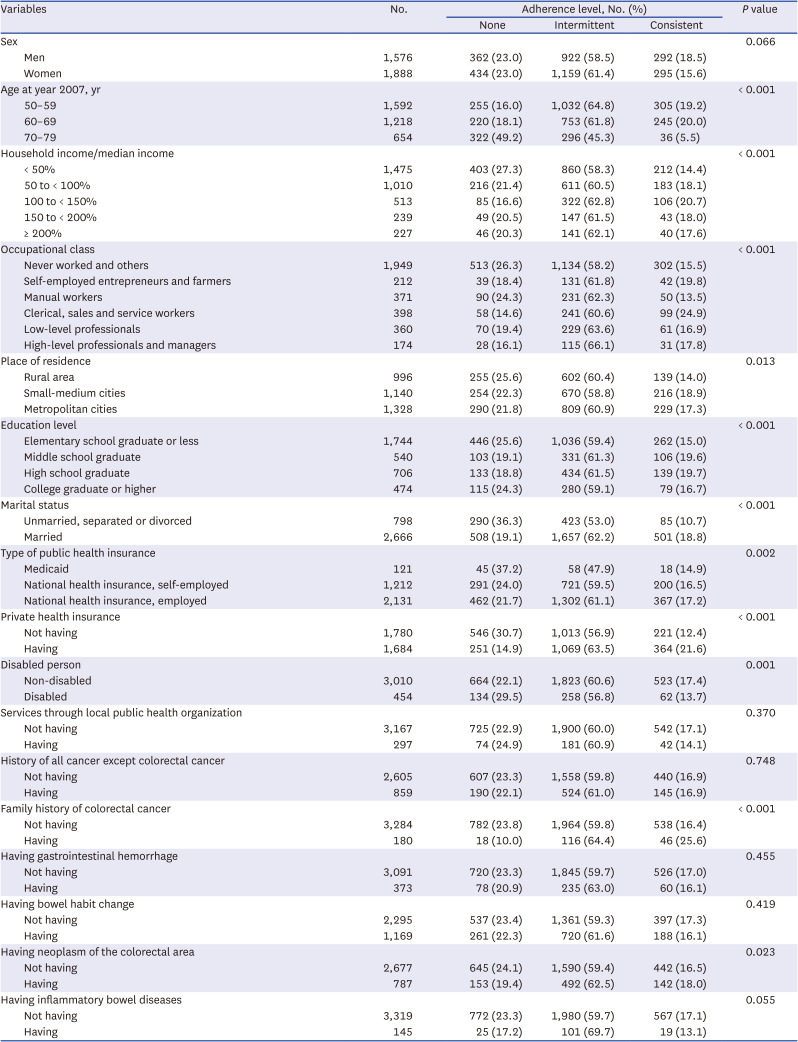
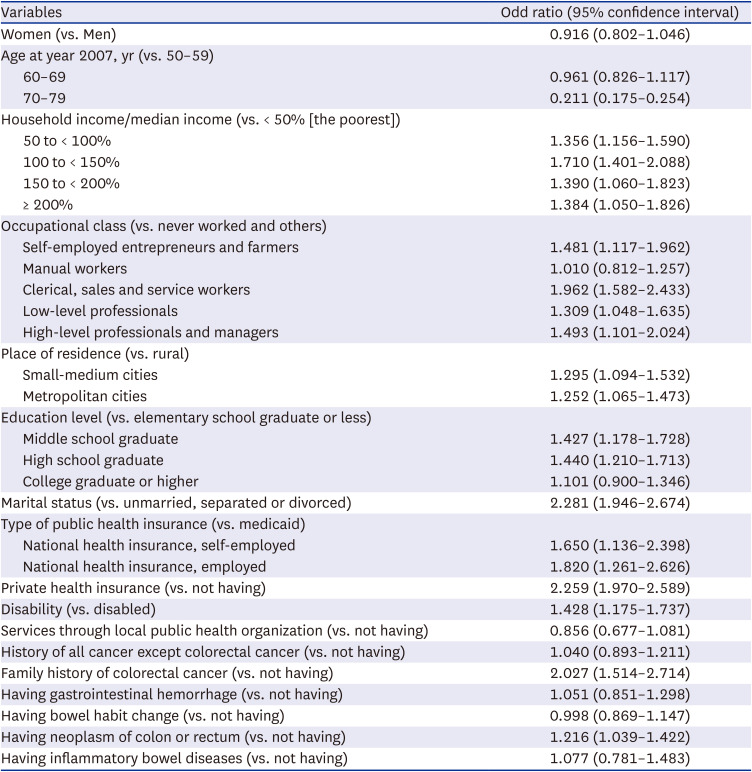




 PDF
PDF Citation
Citation Print
Print



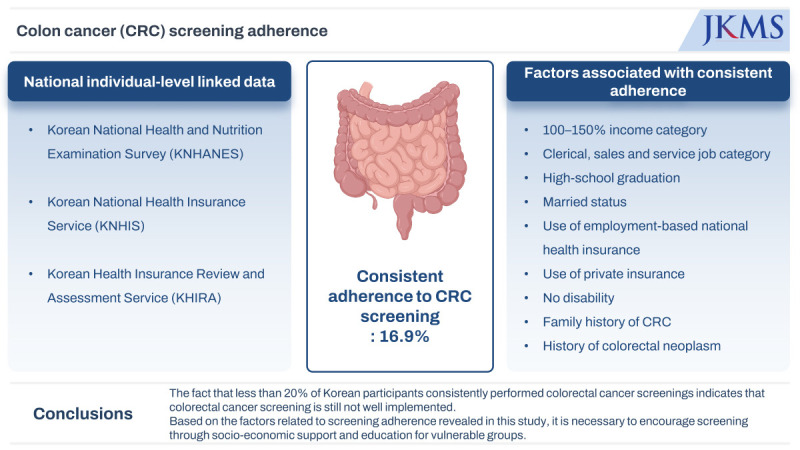
 XML Download
XML Download